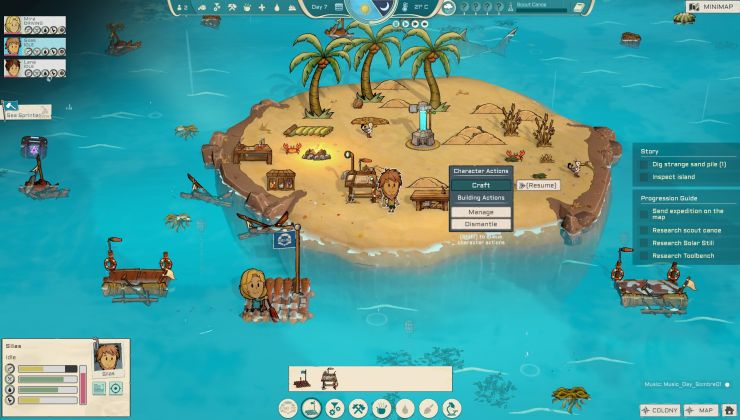La licence professionnelle « CoLibre » (Métiers de la communication, conduite de projets et logiciels libres) ouvre sa seconde session de candidature jusqu’au 25 août 2025.
Pour mieux connaître ce parcours de formation, pour y candidater, pour proposer des alternances ou des projets tuteurés, des visios sont organisées pendant l’été.
Elles auront lieu le 24 juillet et le 18 août à 18h.
La licence pro forme en un an au métier de chef·f de projets en communication à l’ICOM (Université Lyon2) pour des personnes ayant acquis un bac+2 quelque qu’il soit.
Pendant une année, la formation organise un parcours varié pour acquérir et affirmer des compétences professionnelles dans les domaines de la communication, de la conduite de projet et les pratiques numériques.
Au fil du parcours, les étudiants et étudiantes vont aussi approfondir au choix une spécialisation : création numérique (PAO, infographie, audio-visuel, multimédia…), organisation (ressources humaines, pratique du changement, didactique, comptabilité…), développement (programmation, développement web, administration système…), événementiel (mercatique, planification, réseaux sociaux, gestion événement…).
Chaque fois que l’on utilise des logiciels ou des applications, elles sont systématiquement libres pour ajouter une connaissance approfondie et choisie du numérique en plus d’une approche éthique et inclusive.
Ce parcours est ouvert à toute personne ayant un bac+2 et elle peut être suivi en alternance, en formation continue ou en parcours classique.
À l’issue de la formation, les étudiantes et étudiants sont diplômés à Bac+3.
Attention la formation est réalisée en présentiel à l’Université Lyon2.

Commentaires :
voir le flux Atom
ouvrir dans le navigateur
 A simple guide to installing and using Google's Gemini CLI on Ubuntu, a free, open source command line way to access Gemini LLM and use it to work with local files.
A simple guide to installing and using Google's Gemini CLI on Ubuntu, a free, open source command line way to access Gemini LLM and use it to work with local files. .
. .
.
 Thunderbird 141 brings minor changes to the email client, including a new notification action, OpenPGP key warnings, and better Exchange login support.
Thunderbird 141 brings minor changes to the email client, including a new notification action, OpenPGP key warnings, and better Exchange login support.